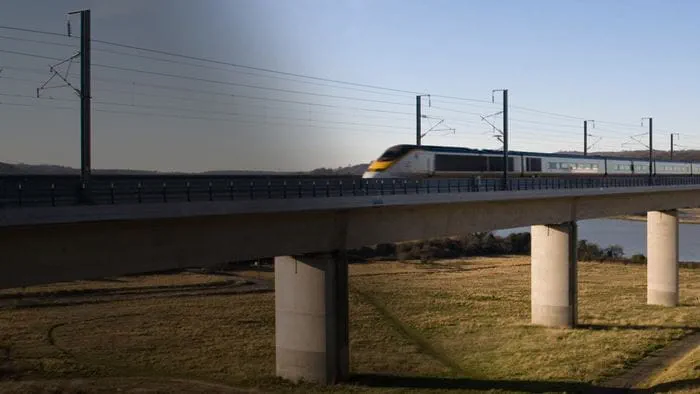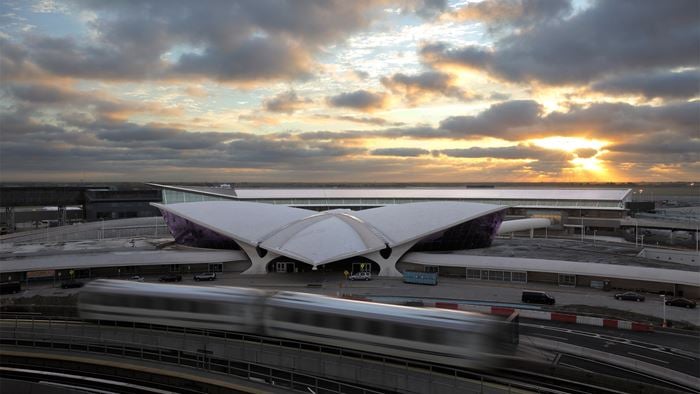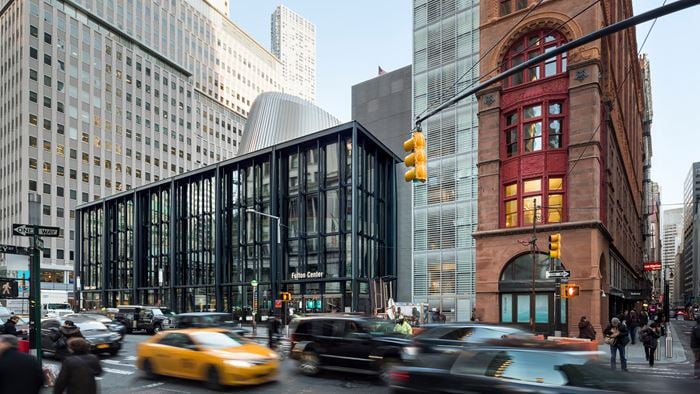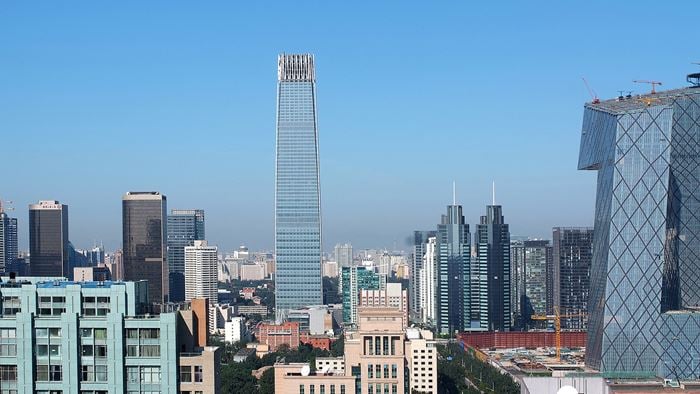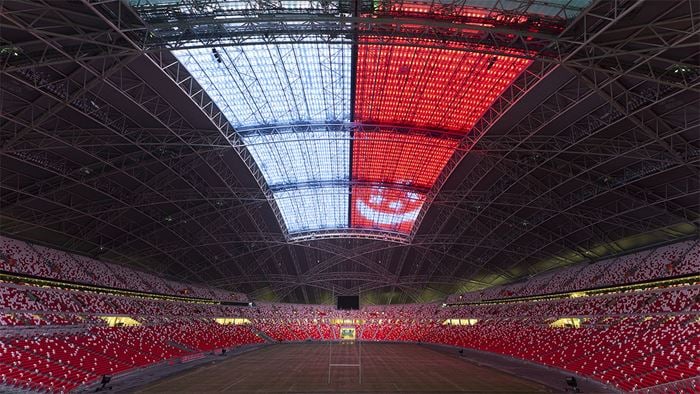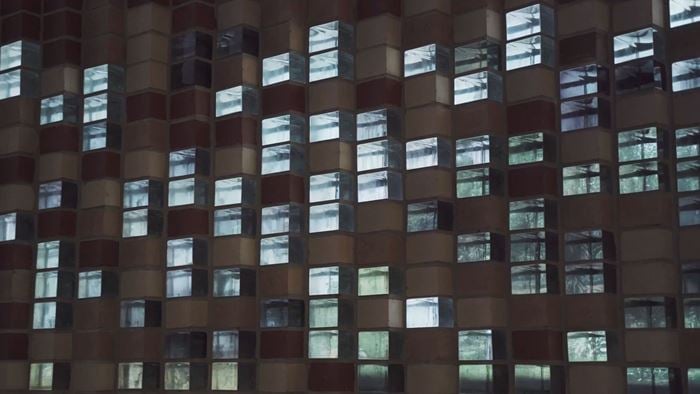Imagine being able to hear at the design stage what a planned railway or wind farm will sound like when complete. This is what our SoundLab enables you to do.
We’ve used SoundLab to inform the design of some of the world’s best arts and culture venues. We also use it alongside advanced technologies such as visualisation to let clients experience major infrastructure projects during the design process, shaping better design outcomes.
Hear high-speed rail for yourself
SoundLab’s sound simulations (auralisations) help our clients demonstrate the impact that major projects such as HS2 will have on communities.
We estimate that 25,000 people listened to our HS2 auralisations during public consultation. What they heard was a direct, objective experience of future sound levels.
Members of the public and other key stakeholders could make up their own minds about the impact of modern high-speed trains when compared to the current Pendolino trains.
Our HS2 auralisations also demonstrated the impact of mitigation measures such as noise barriers, and the use of low-noise pantographs fitted with sound insulators. Listen on headphones for full 3D sound.
“The same “3D” sound technique that shaped the acoustics of Copenhagen and Oslo opera houses is recreating the sonic effect of state-of-the-art intercity trains passing through suburban London and prime swaths of home counties countryside. ” Dan Milmo ‘Sound of High Speed Rail Line Simulated to Allay Residents’ Fears, The Guardian, 29 March 2011
Objective experience
An extremely powerful tool, SoundLab takes a human-centric view of design to give people objective, quantifiable information in an accessible format. It enables them to make up their own minds about what they hear.
For clients, SoundLab clarifies a design by making the intangible tangible. You don’t have to interpret decibel charts or acoustic maps; you can simply experience the design for yourself by listening. You can discuss what works and what doesn’t during the concept and design phase, and focus from the start on getting the design right.
Because SoundLab’s auralisations are perfectly matched to real-world conditions, clients and design teams can be sure they’re focusing on finding solutions for the real problem areas. The constructive dialogue this enables increases trust between designers, engineers, clients and the general public. SoundLab is open and objective enabling honest and real feedback.
The general consensus was that the train did not sound as loud as feared
What a wind farm really sounds like
Hydro Tasmania used SoundLab auralisations as part of the community consultation for its proposed 200-turbine TasWind wind farm at King Island.
The auralisations used calibrated and verified sound recordings from the existing Studland Bay Wind Farm together with real existing background noises for areas considered for new wind farms. People could hear for themselves what the proposed new turbines would sound like at their properties.
Other uses of SoundLab technology
Today, SoundLab technology in Arup offices around the world is helping clients achieve better outcomes for a wide range of projects. Terence Caulkins and Joseph Digerness from our New York office have taken things further by introducing virtual reality into the SoundLab - and in the film Seeing is believing they explore how truly immersive experiences can transform the design process.
Designing an acoustic reverb chamber with Soundlab for Bjork's Cornucopia tour
In her music, Björk often explores the possibilities of the human voice, including how her environment changes the way she performs. We have designed a reverberation chamber for the musician to use in her latest, elaborately staged concert, called Cornucopia.
This onstage sound booth allowed her to recreate the intimacy of singing solo in a small acoustic space within a large concert venue, without effects or digital processing. Björk initially approached us because she was familiar with our SoundLab. We worked with Björk and her team using the Arup SoundLab in our design process to help develop and deliver the final form.
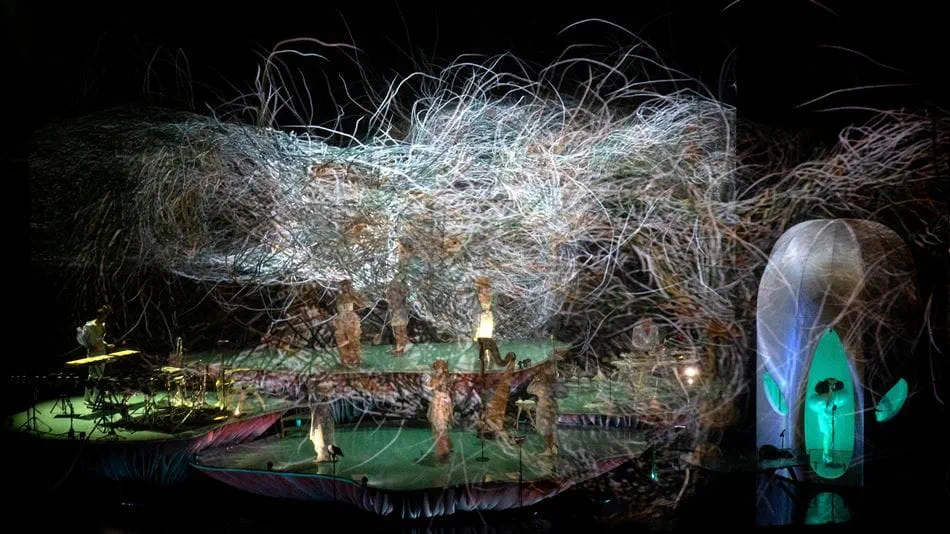
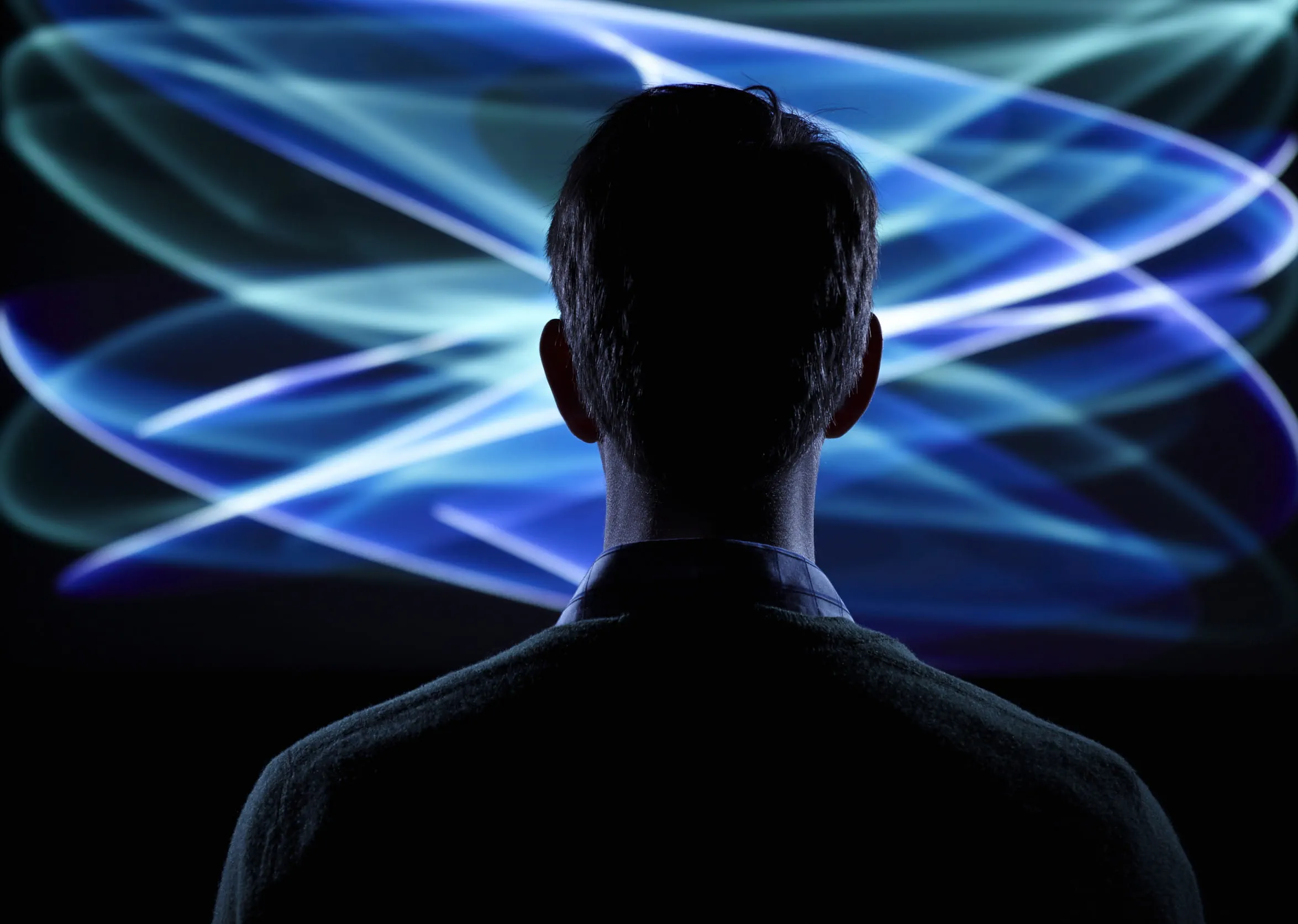 ;
;
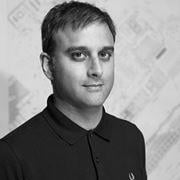
.jpg?h=1125&w=2000&hash=49334648CD34954E09C747609B48616D)





